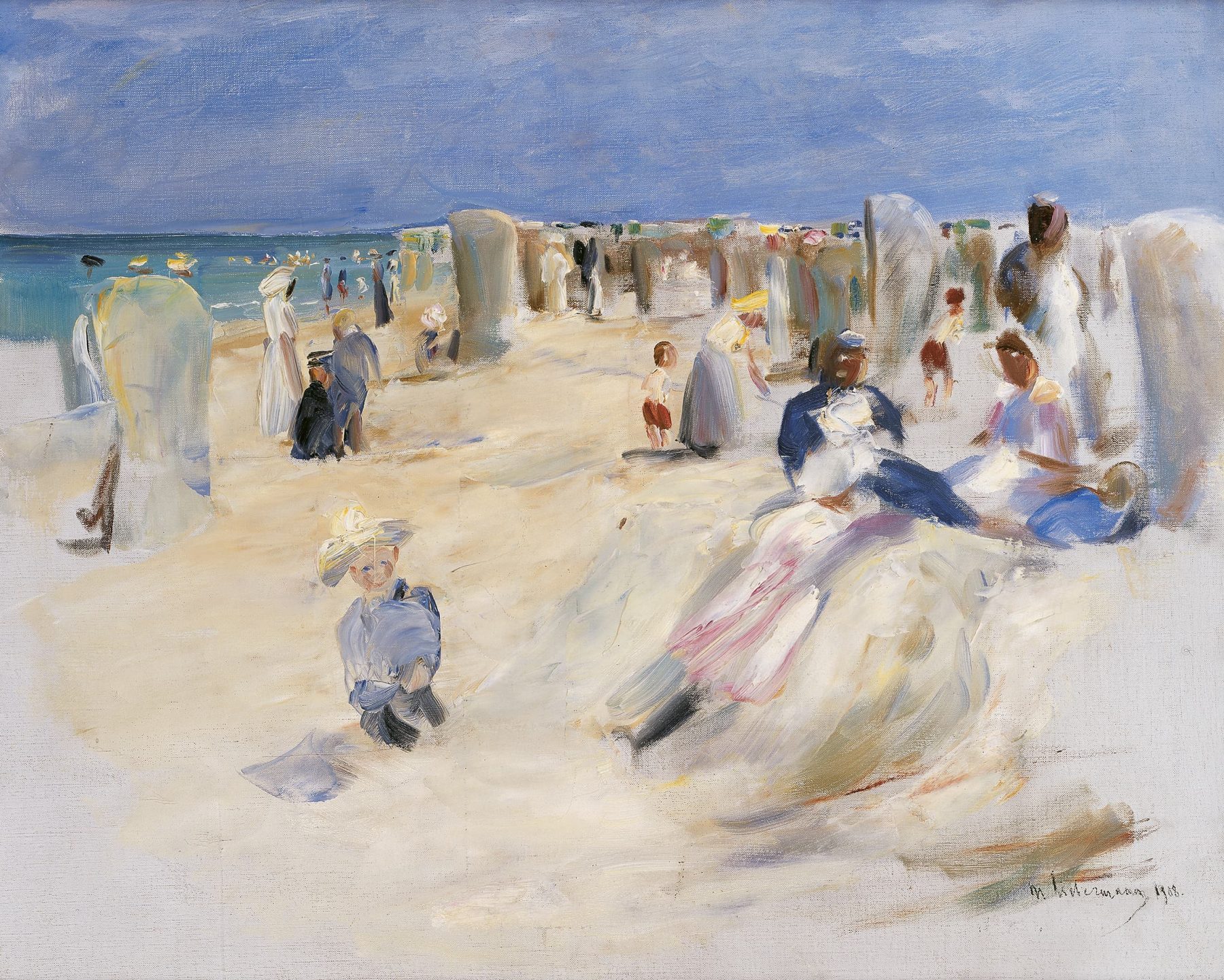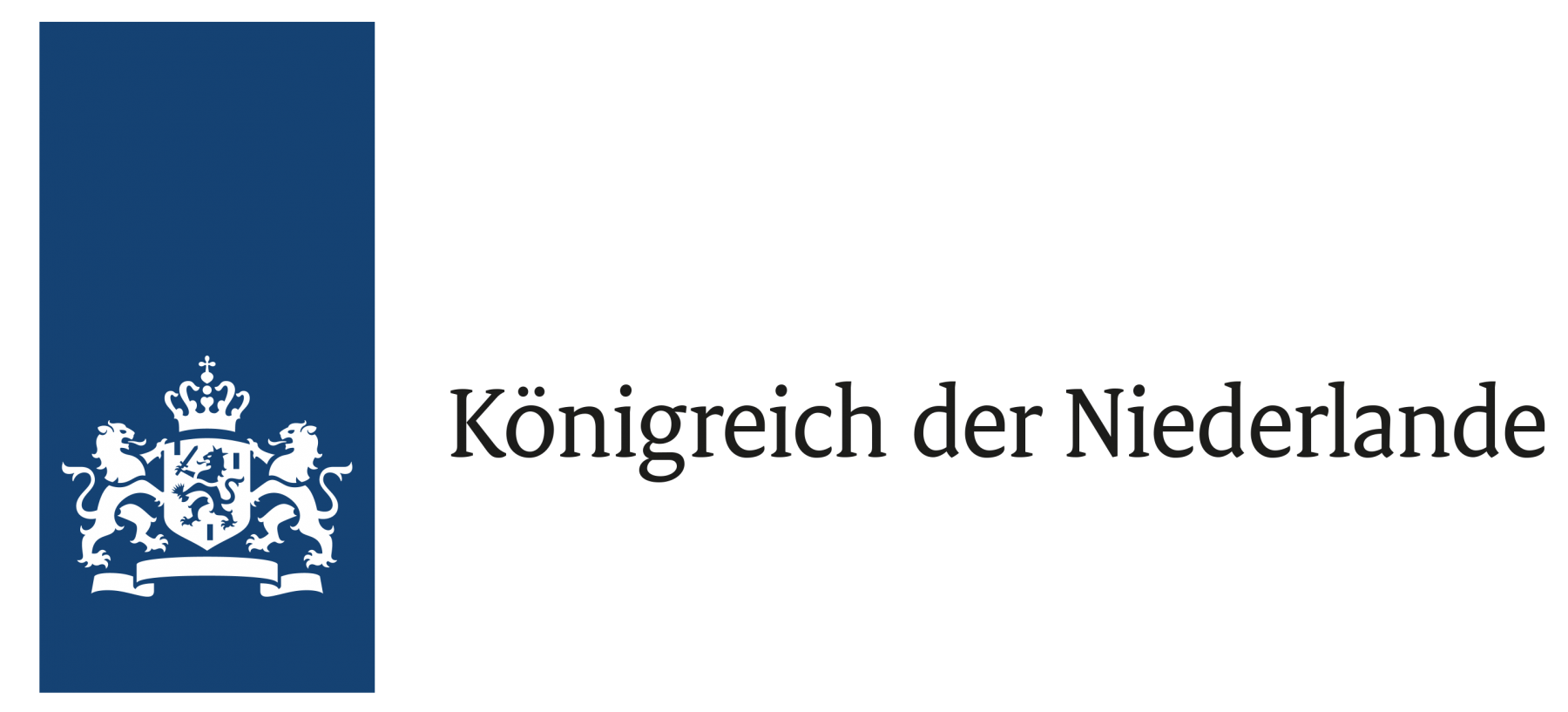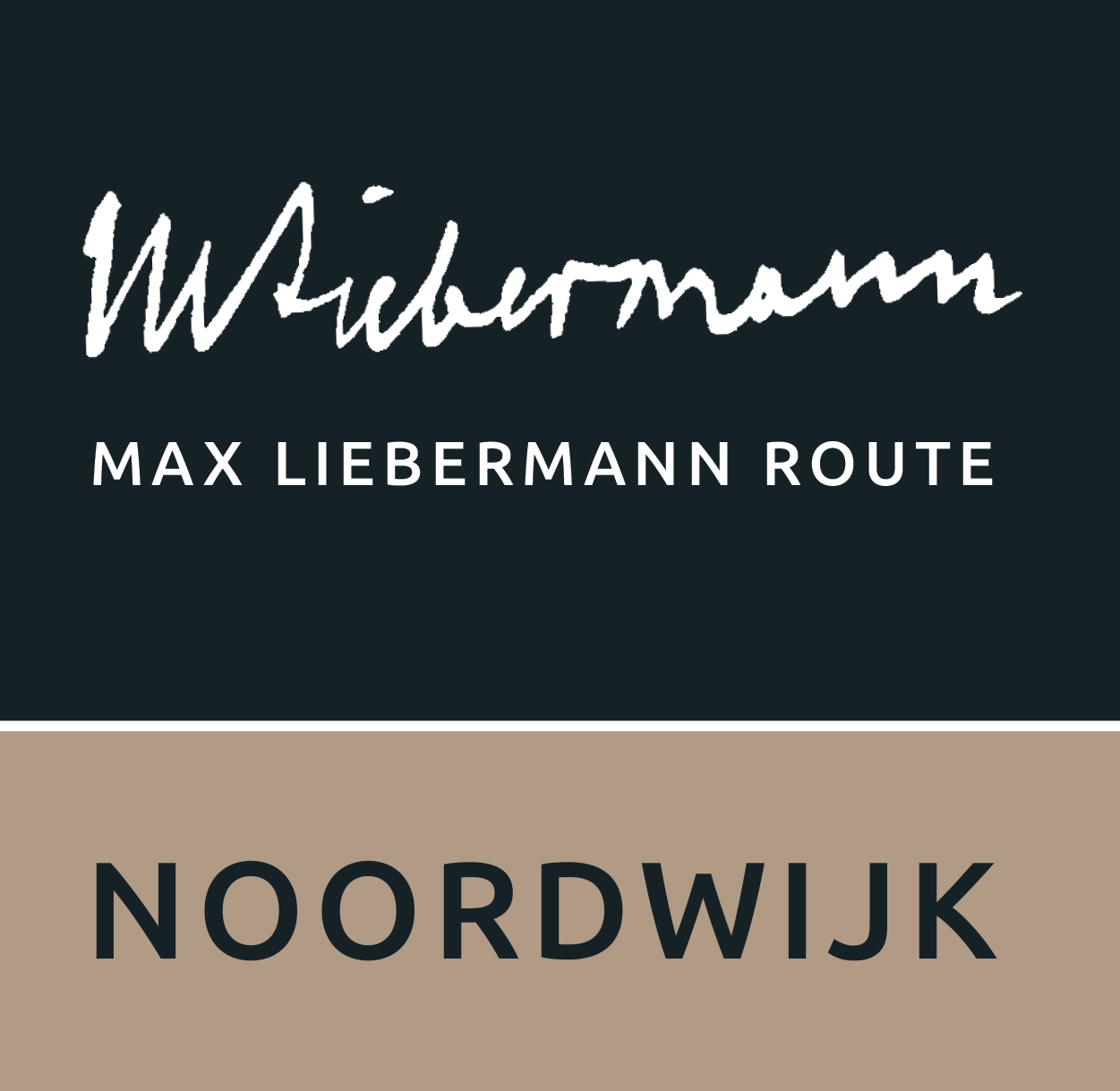About the exhibition
“[…] there is only one country in the world for painting, c’est la Hollande.” (Max Liebermann, July 10, 1897)
Max Liebermann (1847–1935) discovered the coastal town of Noordwijk in 1905 after about thirty years of regular painting trips to Holland. The fishing village of Noordwijk is located on the Dutch North Sea coast between The Hague and Amsterdam. Until the outbreak of the First World War, the painter spent every summer in the coastal town – with just one exception, 1910, when his villa on Lake Wannsee was completed. The war put an abrupt end to Liebermann’s annual trips to Holland. From 1914 until his death in spring 1935 he then spent the summer months with his family here at Wannsee.
The pictures from Noordwijk are considered Liebermann’s last Dutch works. In these works, which were created between 1905 and 1913, the rapid development of the place, from a fishing village with unpaved streets to a fashionable tourist resort, becomes clear. On the other hand, these pictures convey how extensively Liebermann dedicated himself to the style and techniques of Impressionism at the beginning of the 20th century. He worked a lot in “plein air” and repeated his motifs in the most varied of weather conditions – be it on a stormy day or with bright sunshine. In delicate pastels, he captured the light and colors of the coast with just a few strokes; in the paintings, too, the subjects are skilfully captured in fleeting brushstrokes. The works from Noordwijk, as the last chapter of Liebermann’s Dutch adventures, are regarded both chronologically and stylistically as the direct forerunners of his masterful late work – his colorful garden pictures from Lake Wannsee.
With this exhibition we invite you to travel with us to the coast of Noordwijk to see how Liebermann experienced the place between 1905 and 1913. We recommend a tour with our free audio guide. In it we describe in Liebermann’s own words – quoted from his letters – and with observations of his contemporaries impressions from Noordwijk and what the Berlin painter valued so much about the coastal town.


